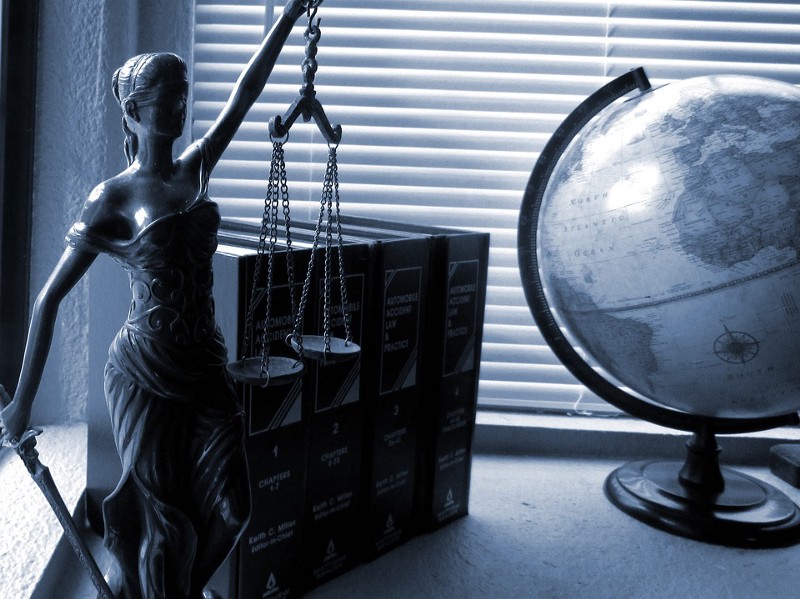Nothing has focused attention on digital assets more than the incredible rise of bitcoin prices and other digital assets at the end of 2017 followed by their subsequent fall in January this year. Digital assets have become a popular (and less popular for others) subject of dinner party conversation and have rapidly become subject to speculation, with both retail and institutions looking to participate.
Those already wary of digital assets would see this volatility as proof of the assets’ wild-west status — and recent tales of exchange hacks and frauds reinforce this perception. Another result has been that the asset class has attracted greater attention from regulators, with various regulatory bodies issuing statements on the need for better systems to safeguard crypto-market participants’ assets and the first moves to greater regulation happening.
The global move towards greater regulation in the industry is approaching. This approach can be seen in recent actions and statements made by regulators:
· recently, Christine Lagarde, head of the IMF, stated that regulation of cryptocurrencies is “inevitable”;
· draft bills have been tabled in the Russian Duma to define and regulate the different participants in ICOs and trading;
· 16 exchanges in Japan have formed a self-regulatory body to foster best practices and uniform standards;
· in the U.S., the SEC and CFTC have both made statements about their views on the industry; and
· other jurisdictions, including China have simply banned the sale of crypto currencies and tokens.
This wide variety of proposals and responses reflects the unique nature of these markets and their complexity — there is no precedent or template to refer to and best practice based on traditional financial instruments and commodities falls short from the perspective of the needs of both regulators and the industry itself.

(Source: Pixabay)
Regulatory Innovation Will Come
There are numerous challenges for the regulators in this space, consider for instance:
· the difficulty of defining digital assets (are they currencies, financial instruments or commodities?);
· because of their digital nature, these assets don’t observe borders in the same way as traditional asset classes which makes it more difficult for country-based bodies to oversee; and
· unlike fiat currencies, digital assets are created in ways which are often independent of governments.
These are some of the reasons that have contributed to the attractiveness of these products, but they are also why unscrupulous operators like them — and why traditional methods of regulation — have had difficulty.
What is clear is that momentum is building to ensure that further regulation will come. Such further regulation could take the form of requirements to conform with basic standards and practices or even requirements that exchanges are specifically licensed or registered. In any event, regulators will need to be as innovative as the participants who created digital asset markets in the developing appropriate regulation.
OAX’s Approach
Given the mobility of this industry across geographical borders, failing to create an adequate and appropriate regulatory framework could result in the migration of participants to better regulated jurisdictions. These participants would take with them the benefits of innovation and economic development that would otherwise have been provided.
At OAX, the regulatory challenges faced by the industry are forefront in our thinking. We are designing our platform with security and transparency in mind from the outset. By bridging real-world assets with blockchain markets on an open-source decentralized platform, we will marry the safety and visibility of decentralized exchanges with the liquidity of a centralized exchange.
Unlike centralized exchanges, our asset gateways will split the control of fiat currency in a transaction that of the digital asset, providing an additional safeguard against hacking. In addition, the collateral levels in our gateways are transparent, enabling accurate risk management decisions. Being open-source, we encourage analysis of our platform by anyone, so that potential vulnerabilities can be rectified across the system.
Taken together, these features will help users build trust and confidence in digital asset transactions. As digital asset markets grow and attract new participants, we’ll be there to ensure their capital and activities are secure, which we believe to be the ultimate objective of the regulation now under consideration across the globe.


